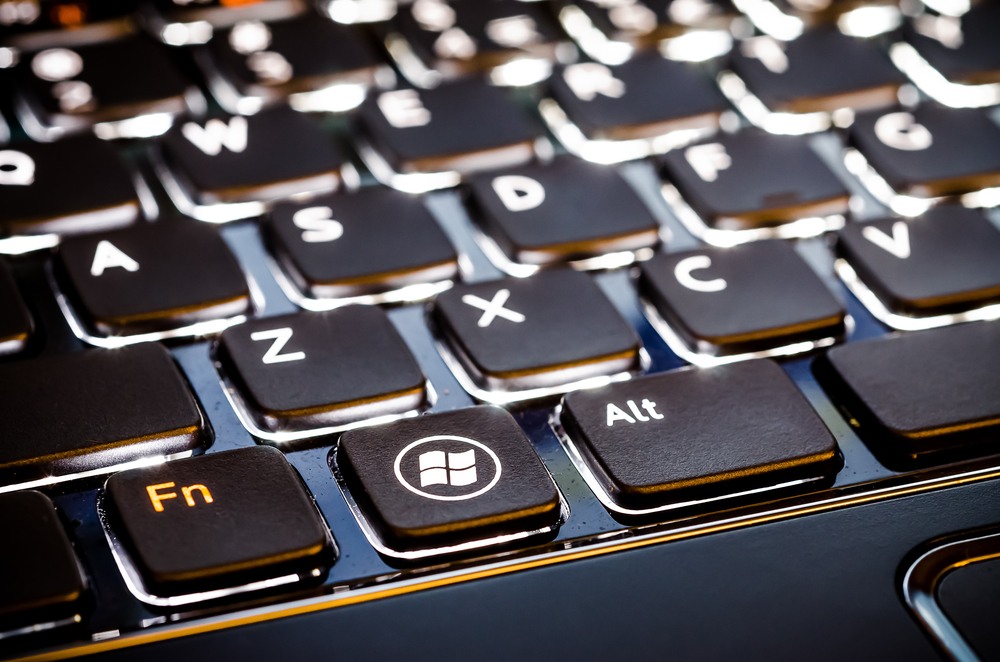Key Takeaways
• Generative AI is speeding up new material discovery in science.
• It lets more people join algorithmic trading easily.
• Companies use generative AI to build better digital tools.
• Ethical questions and rules can slow progress.
• Leaders push for safe and fair use of generative AI.
Generative AI is a powerful tool that creates new ideas and patterns from data. First, researchers use it to find advanced materials faster than ever. Next, traders rely on it to make smarter decisions in stock markets. In addition, tech teams apply it to improve digital systems around the world. Altogether, these efforts are changing how industries solve big problems.
How Generative AI Drives Faster Material Discovery
In materials science, finding new substances can take years. However, generative AI cuts that time by predicting chemical structures and behaviors. For example, labs once mixed trial compounds by hand. Now, algorithms suggest promising recipes instantly. As a result, engineers test fewer samples in the lab. Consequently, they save resources and speed up breakthroughs in electronics, medicine, and energy.
Also, generative AI helps find eco-friendly materials. Scientists ask it to design plastics that break down faster. Consequently, the world may see less pollution and waste. Moreover, it can suggest stronger metals for buildings and bridges. Thus, safety improves while costs drop.
Generative AI and Democratized Trading
Algorithmic trading used to be a domain for big banks and hedge funds. Yet now startups and individual traders can join the game. Thanks to generative AI, small teams write trading algorithms with simple tools. First, they access open data feeds on prices and volumes. Then, AI models suggest buy or sell strategies. In addition, these models adapt to market changes in real time.
As a result, trading is no longer limited to experts. People with basic coding skills can launch automated systems. Furthermore, trading platforms now include AI-based risk checks. This minimizes losses and levels the playing field. However, regulators worry that rapid trades may cause market instability. Hence, rules evolve to keep markets fair.
Building Smarter Digital Infrastructure
Beyond labs and trading floors, generative AI shapes digital infrastructure. For example, data centers handle massive traffic every second. Generative AI predicts usage spikes and reroutes traffic efficiently. Therefore, web services stay fast even during peak hours. In addition, power grids use AI to balance loads and reduce blackouts. As a result, cities gain more reliable energy and water distribution.
Moreover, telecom networks rely on generative AI to set up 5G and future systems. They analyze signal patterns and adjust settings dynamically. Consequently, users enjoy smoother video calls and gaming sessions. Also, AI helps detect security threats in real time. Thus, digital systems become safer against hacking attempts.
Managing Ethical and Regulatory Risks
Despite the benefits, generative AI brings real concerns. First, it can create biased or unfair outcomes if trained on skewed data. For example, if an AI model learns trading patterns from only a few traders, it may favor their strategies. Next, in materials research, AI could suggest unsafe or toxic compounds. Therefore, human experts must review AI outputs carefully.
Furthermore, privacy is a big issue. Generative AI needs lots of data, which can include personal or sensitive information. If not handled well, data leaks may occur. In addition, regulators worry about AI’s role in financial markets. They aim to prevent AI-driven crashes and insider trading. As a result, new laws and guidelines are under debate around the world.
For these reasons, many leaders call for responsible AI use. They suggest clear rules, ethical training for developers, and regular audits. In addition, companies should share best practices openly. This way, generative AI can grow safely and fairly.
Looking Ahead: Responsible Progress
Overall, generative AI is unlocking new possibilities across science, trading, and infrastructure. It helps experts discover materials faster, democratizes trading, and builds smarter digital systems. However, ethical hurdles and regulations must keep pace. By focusing on responsible progress, the generative AI community can maximize benefits while minimizing harm. Concretely, that means transparent models, human oversight, and global cooperation.
In the coming years, more breakthroughs are likely. As long as we balance innovation with care, generative AI will power a brighter future.
Frequently Asked Questions
How does generative AI find new materials so quickly?
Generative AI analyzes large datasets of chemical structures and predicts promising combinations. This reduces lab experiments and accelerates breakthroughs.
Can individual traders really use generative AI for algorithms?
Yes. Many platforms offer easy tools and data feeds so anyone with basic coding skills can build AI-driven trading systems.
What ethical risks come with generative AI?
Key risks include biased outputs, data privacy issues, and potential misuse in markets or research. Human oversight and clear rules help manage these risks.
How can companies ensure safe generative AI use?
They can train developers on ethics, conduct regular audits, use transparent models, and follow evolving regulations.

